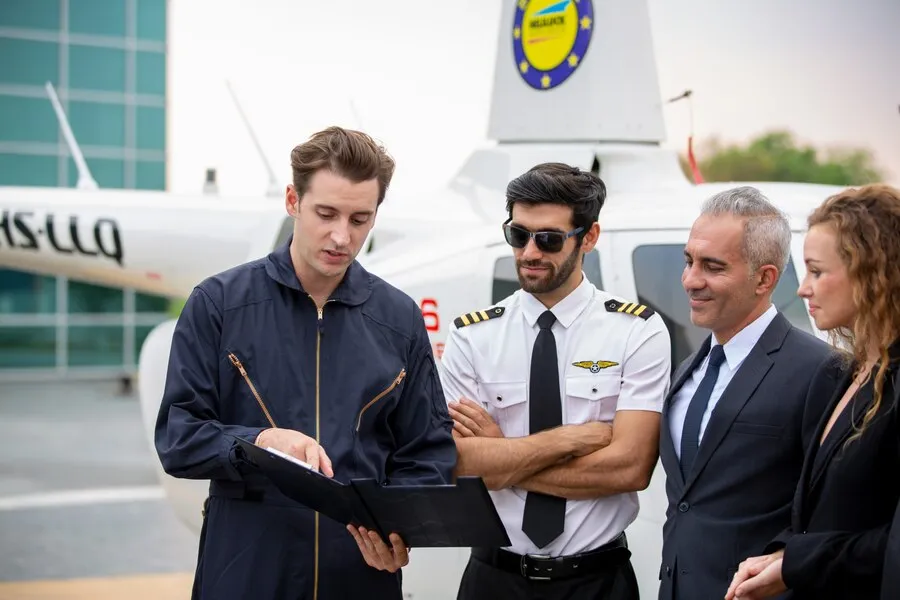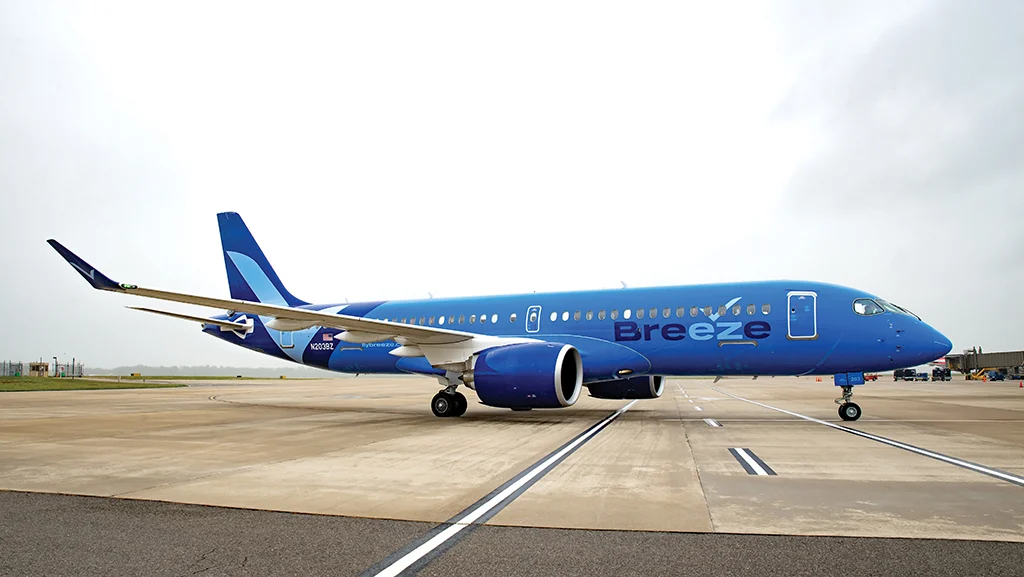Air travel is often regarded as one of the safest modes of transportation, but plane crashes, while rare, do occur. When they happen, the airline industry takes such events seriously, conducting thorough investigations to identify the causes and implement new safety protocols. The ultimate goal is to prevent future accidents and ensure the safety of passengers and crew. In this article, we will explore how airlines improve safety protocols after plane crashes, from investigation processes to the integration of new technologies, and how these changes reshape air travel safety.
The Role of Investigations
After a plane crash, the first step is a comprehensive investigation. Agencies like the National Transportation Safety Board (NTSB) and the International Civil Aviation Organization (ICAO) lead these inquiries, along with the airline itself and aircraft manufacturers. The primary goal of the investigation is to determine the root cause, which could be mechanical failure, human error, weather conditions, or other unforeseen factors.
Black Box Data Analysis
The cockpit voice recorder (CVR) and flight data recorder (FDR), commonly referred to as the “black boxes,” are crucial to investigations. These devices capture conversations between pilots, flight parameters, and aircraft movements. The data from black boxes helps investigators reconstruct the flight’s final moments, providing insight into what went wrong. Improvements in these devices, such as enhanced durability and real-time data transmission, have made crash investigations more efficient and informative.
Strengthening Pilot Training
Pilot error is one of the most common causes of plane crashes. As a result, airlines continuously update and improve pilot training programs. These improvements often focus on better crisis management, decision-making under pressure, and updated simulations that replicate challenging scenarios, such as extreme weather or technical malfunctions. The use of sophisticated flight simulators allows pilots to train for a wide range of emergency situations, ensuring they are prepared to handle unexpected issues in the air.
Aircraft Maintenance Standards
Improving maintenance standards is another critical area where airlines focus after a plane crash. In some cases, crashes are caused by technical malfunctions that could have been prevented with better maintenance practices. Following an accident, airlines often reassess their maintenance protocols, which could involve more frequent inspections, better tracking of part replacements, and higher standards for mechanical repairs.
Advancements in Air Traffic Control
Air traffic control (ATC) plays a significant role in ensuring that planes navigate safely through the skies. After an accident, ATC procedures may be scrutinized and enhanced to prevent communication failures, which have been known to contribute to some crashes. For example, new radar systems and automated tracking technologies have been introduced to improve communication between pilots and ground control, especially in congested airspaces.
Enhanced Aircraft Design
Following a crash, manufacturers often reevaluate the design of their aircraft. If a design flaw is discovered, changes are made to existing and future models. For example, after the crashes involving the Boeing 737 Max, changes were made to the aircraft’s flight control system, and all airlines flying this model were required to install new software updates. Design improvements can involve anything from structural reinforcements to better emergency evacuation systems.
Passenger Safety Protocols
In the aftermath of a crash, passenger safety protocols are also updated. Airlines and aviation regulators analyze how well passengers followed safety procedures during an emergency and look for ways to improve. For instance, safety briefings might be revised, emergency exits could be redesigned, and cabin crew could receive updated training on how to handle evacuations efficiently. Safety protocols for passengers are continually evolving to ensure everyone knows how to respond in an emergency.
Weather Monitoring and Forecasting Improvements
Weather has been a factor in many plane crashes, particularly when it comes to thunderstorms, wind shear, and poor visibility. To reduce weather-related risks, airlines invest in advanced meteorological technology and better forecasting models. These tools help pilots avoid dangerous weather patterns, giving them real-time updates on potential hazards. The development of onboard weather detection systems also allows pilots to make more informed decisions during flights.
The Role of Regulations and Oversight
After a plane crash, regulatory bodies such as the Federal Aviation Administration (FAA) and the European Union Aviation Safety Agency (EASA) often introduce stricter rules and guidelines. These new regulations can cover everything from flight operations to manufacturing standards, pushing airlines and manufacturers to adopt safer practices. Regulators work with airlines to ensure that the new safety measures are not only adopted but also consistently enforced.
The Adoption of New Technologies
Technology plays a pivotal role in airline safety, and after a crash, airlines often adopt new technologies to mitigate risks. For instance, advancements in autopilot systems, real-time aircraft monitoring, and predictive maintenance tools have revolutionized safety in the aviation industry. Airlines now use artificial intelligence (AI) to analyze vast amounts of data from past incidents, allowing them to identify trends and potential issues before they lead to a crash.
Lessons Learned from Past Crashes
Every crash provides lessons that reshape airline safety. From the introduction of reinforced cockpit doors after the 9/11 attacks to changes in fuel tank safety following the TWA Flight 800 disaster, airlines continuously learn from past incidents. These lessons lead to tangible improvements, not just for the airline involved, but for the entire aviation industry. Global collaboration ensures that the lessons learned from one crash can be applied worldwide.
Continuous Improvement and Adaptation
The aviation industry is committed to continuous improvement. Safety is never considered a finished product; it is an evolving process that adapts as new risks emerge. Airlines, manufacturers, and regulators consistently review and update their safety protocols, even in the absence of accidents. This proactive approach to safety ensures that potential issues are addressed before they lead to an incident, making air travel safer for everyone.
Conclusion
Plane crashes are tragic events, but they also serve as powerful catalysts for change within the airline industry. The aftermath of a crash involves intense scrutiny, analysis, and learning, leading to improvements in safety protocols that protect future passengers. From better pilot training and improved aircraft design to advancements in weather forecasting and air traffic control, the airline industry continuously evolves to prevent accidents. The commitment to safety ensures that air travel remains one of the safest ways to travel, with lessons from each incident contributing to a safer future for aviation.







Leave a Reply